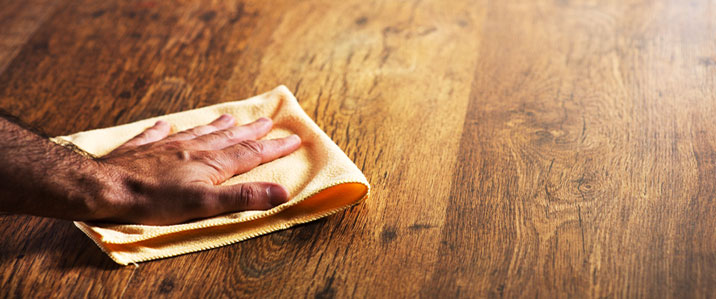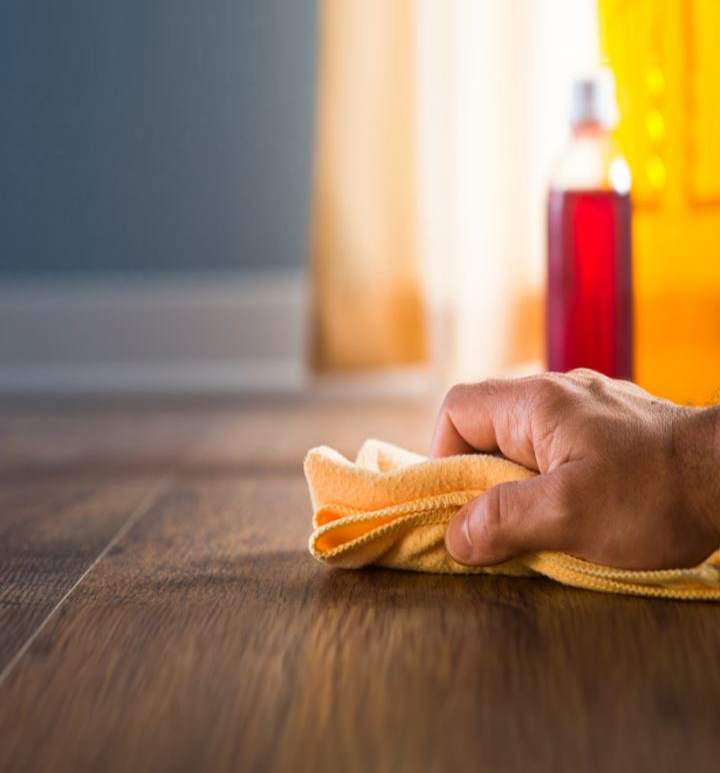Re-oiling takes place in 5 steps:
1. Apply wood oil to a lint-free cotton cloth and then rub in the direction of the grain of the wood until the surface is evenly wetted. In places where more wood oil is absorbed, you can re-oil as you like until the solid wood surface is evenly saturated.
2. Let the oil work on the surface for 20 to 30 minutes.
3. After taking effect, remove the excess oil in the direction of the fibers with a cotton cloth and after polishing, so that the surface is dry to the touch. Excess oil is not absorbed by the surface and tends to create a greasy, sticky surface. After another 30 minutes, check the surface for residues and polish if necessary.
4. Let the surface dry overnight.
5. In the best case, the surface has already reached a uniform saturation and no further oiling is necessary. However, if the wood fibers stand up in some places, which leads to a rough surface, you should sand the surface again with a 320 grit sandpaper and repeat the oiling process.
Please note that a small “cloud” is created on the surface if the table top is only locally sanded and oiled.
Attention! Cloths soaked in wood oil can catch fire! Always spread out the oil towels to dry out!





